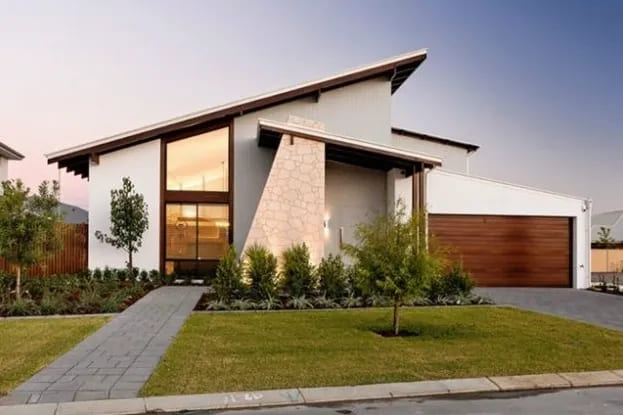In the realm of modern architecture, the roof of a building is more than just a protective canopy; it’s a pivotal element that blends aesthetics with functionality, defining the very essence and sustainability of constructions. This article delves deep into the latest trends in roof design, underscoring how innovative materials, sustainability considerations, and aesthetic preferences are shaping the roofs of the modern urban landscape.
Innovative Roofing Materials Redefining Modern Architecture
The choice of roofing material plays a crucial role in both the durability and the visual appeal of a roof. Traditionally, materials like asphalt shingles, clay tiles, and wooden shakes dominated the market. However, the modern era has seen a shift towards more innovative and sustainable materials such as solar tiles, green roofing, and metal roofing.
Solar Tiles: Integrating Energy Efficiency with Style
Solar tiles have emerged as a frontrunner in the sustainable roofing sector. Unlike traditional solar panels, these tiles offer seamless integration into the roof, maintaining the aesthetic integrity of the building while providing a source of clean energy. They are designed to look like traditional roof tiles but are equipped with photovoltaic cells to generate electricity.
Green Roofs: Bringing Nature to Urban Spaces
Green roofs are another transformative trend in modern roof designs. These living roofs are covered with vegetation, which not only enhances the building’s insulation but also contributes to urban biodiversity, stormwater management, and air quality improvement. Green roofs transform unused roof space into lush, productive environments that can help in cooling urban heat islands and providing serene green spaces in dense cities.
Metal Roofing: Durability Meets Modern Aesthetics
Metal roofs have gained popularity due to their longevity, recyclability, and minimal maintenance requirements. Available in a variety of finishes and colors, metal roofing can complement any architectural style, from traditional to contemporary. Moreover, metal roofs are highly effective in shedding snow and rain, making them suitable for a variety of climatic conditions.
Design Techniques Enhancing Roof Functionality
Modern roof designs are not solely about the materials used; they also incorporate advanced design techniques that enhance functionality.
Skylights and Roof Windows: Enhancing Natural Light
Incorporating skylights or roof windows is a strategy that not only boosts the aesthetic appeal of a roof but also enhances its functionality by increasing natural light and ventilation. This can lead to significant energy savings, as less artificial lighting and air conditioning are needed.
Sloped Roof Designs: Combining Tradition with Modern Needs
Sloped roofs are a classic design element that remains relevant in modern architecture. They efficiently prevent water accumulation and can be tailored to include elements like dormer windows for added space and light, blending traditional aesthetics with modern needs.
Flat Roofs: Maximizing Usable Space
Flat roofs represent a departure from traditional sloped designs, offering unique advantages, particularly in urban settings. They provide additional space for green roofs, rooftop patients, or solar panels, maximizing the usability of every square inch of a property.
Sustainability and Roofing: A Forward-Thinking Approach
Sustainability is at the heart of modern roof design. Today’s architects and builders focus on creating roofs that not only meet today’s needs but also anticipate future challenges.
Energy Efficiency and Insulation
Modern roofs are designed with optimal insulation properties to minimize heat loss in winter and reduce cooling needs in summer. This not only conserves energy but also reduces the building’s carbon footprint.
Water Collection Systems
Incorporating water collection systems into roof designs can significantly impact water conservation efforts. These systems collect rainwater, which can be reused for various purposes, reducing the demand for processed water.
Conclusion
The intersection of aesthetics and functionality in modern roof designs is a testament to the evolving nature of architecture. As we continue to embrace new materials and technologies, the role of the roof in enhancing the environmental sustainability and aesthetic value of buildings becomes increasingly significant. By integrating innovative design elements with eco-friendly materials, modern roofs are set to redefine urban landscapes worldwide.


